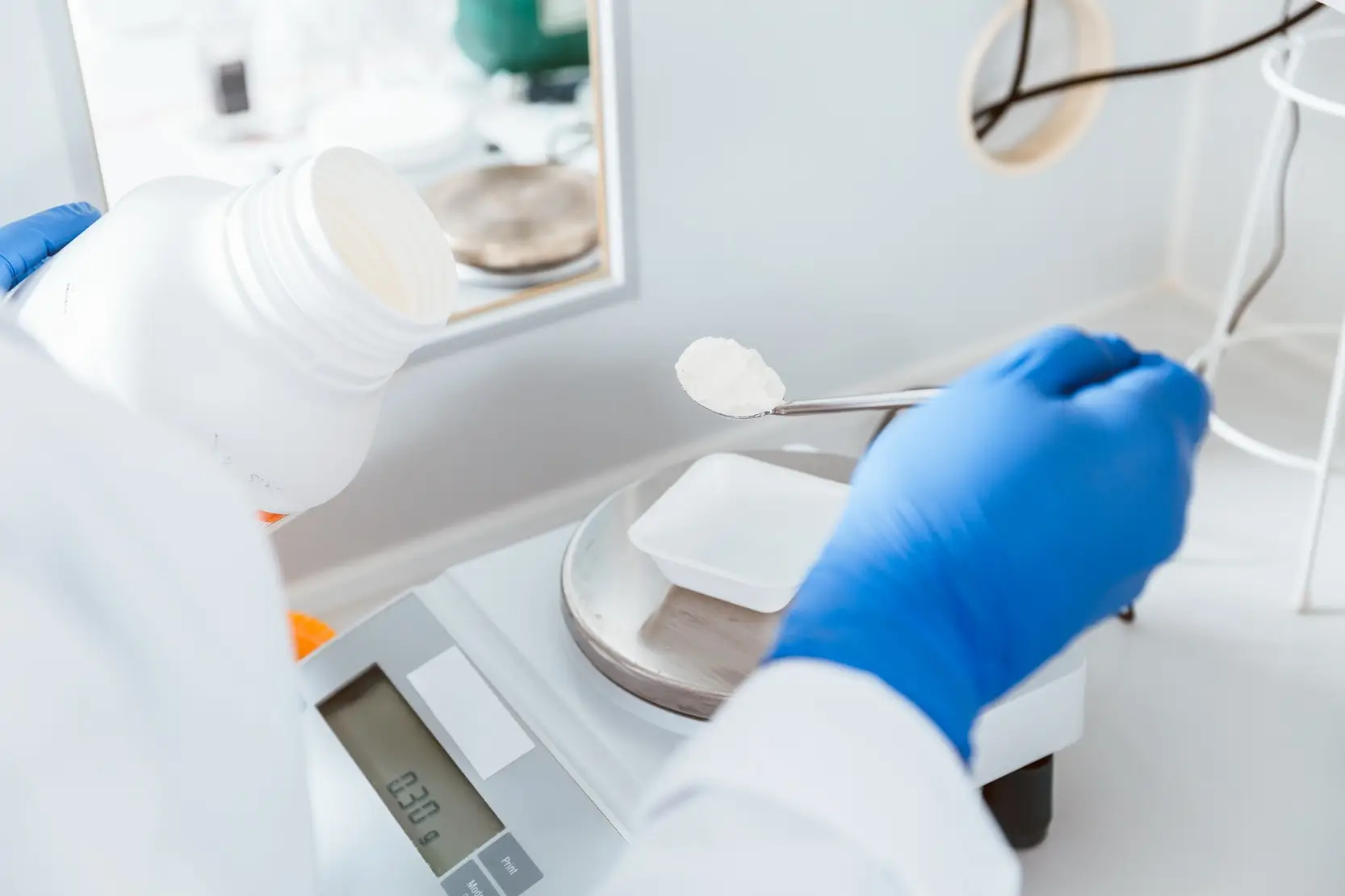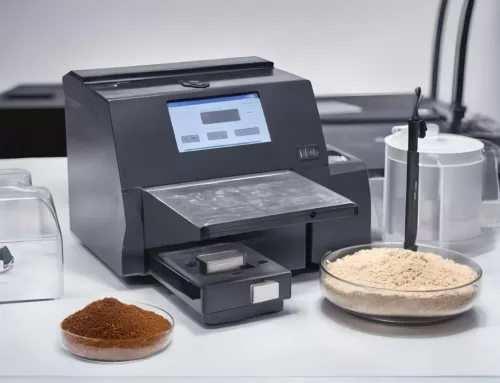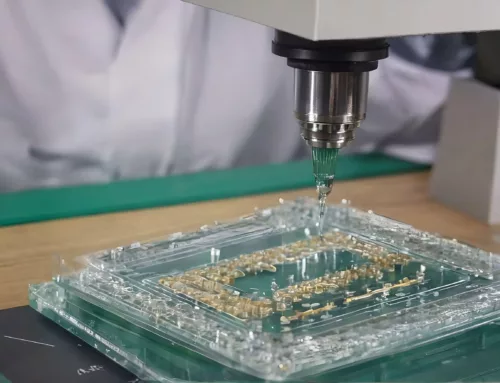
Bulk density measurement, a fundamental aspect of material characterization, has evolved significantly over the centuries. As with the majority of our scientific endeavors, the basic foundations date back to earlier civilizations. Initially, rudimentary methods were used to estimate the mass and volume of materials. However, as time progressed, the modern era witnessed a paradigm shift in the techniques and instruments used in bulk density measurement, triggering its integration into various industrial processes. This integration not only improved accuracy but also enhanced the understanding of particle characterization and flow properties, making it an indispensable testing tool regarding quality control and process optimization across industries.
Measuring Volume
One of the oldest techniques is the gravimetric method, which involves weighing a known volume of powder to calculate its bulk density. While being simple, this method can be time-consuming and susceptible to errors. Another method is the mercury displacement method, which offers high precision but raises environmental and safety concerns due to mercury being needed and its inherent toxicity.
Alternatively, pycnometry, measures volume using a liquid like millipore water, ethanol, mercury, or a gas pycnometry, which uses gas displacement. These methods provide more accurate results although they require meticulous and accurate multiple step sample preparation.
Advanced bulk density techniques
However, in recent years, the field of bulk density measurement techniques has been significantly transformed by faster technological advancements. One notable breakthrough is the integration of imaging technologies like X-ray computed tomography (CT), which has revolutionized the way materials science analyzes powders. By generating detailed three-dimensional density maps, CT scans provide a level of insight and perspective that was previously unattainable through traditional methods. This innovation have not only allowed for precise and non-destructive density measurements but have also offered spatially resolved data, unveiling complex density variations within materials.
Consequently, the implementation of these more advanced techniques has empowered researchers and testing laboratories to perform more comprehensive and detailed material characterizations than ever before. This enhanced capability allows for a deeper understanding of material properties, leading to more accurate analyses and improved outcomes in various scientific and industrial applications.
Significance and Industrial Applications
The significance of bulk density measurement extends across many industries and many aspects during the production process, it serves as an essential parameter in quality control, process optimization, and product development.
In pharmaceuticals, for example, bulk density measurements ensure uniformity and consistency of drug formulations, contributing to dosage accuracy, bioavailability, quality, and efficacy.
Similarly, in food processing, bulk density assessment guides packaging efficiency, flow properties, and shelf-life stability of powdered products such as foods, and pharmaceuticals.
In other sectors like mining and agriculture, bulk density measurement is essential for assessing material quality. In mining, it aids in the efficient extraction and processing of ores by optimizing processes and improving resource recovery. In agriculture, it helps evaluate soil fertility, porosity, and moisture content, which are critical for enhancing crop yields.
In the construction industry, bulk density measurements are crucial for formulating concrete, cement, and other building materials. This ensures the structural integrity and performance of buildings and infrastructure. Overall, bulk density measurement provides valuable data that enhances the quality, efficiency, and sustainability of operations across various industries.
Practical Applications: Advanced Techniques
The integration of advanced technologies such as X-ray CT has significantly upgraded the field of bulk density measurement, offering deeper insights into material properties and their behaviors. In pharmaceuticals, for instance, X-ray CT enables researchers to accurately analyze the density distribution within drug formulations, ensuring uniformity and enhancing dosage accuracy. This technology is also significant in optimizing packaging efficiency and assessing flow properties in the food processing industry, leading to improved product quality and shelf-life stability. Additionally, X-ray CT’s ability to provide non-destructive analysis makes it a valuable tool across various sectors, allowing
for real-time monitoring and quality control without compromising the integrity of the samples.
In sectors like mining and agriculture, X-ray CT provides valuable data for evaluating the quality of bulk materials. In mining operations, this advanced technique helps in the characterization of ores, optimizing extraction processes and enhancing resource utilization. Similarly, in agriculture, X-ray CT assists in assessing soil fertility and porosity, guiding farmers in making informed decisions in maximizing their crop yields.
While in construction applications, X-ray CT contributes to the development of high-performance building materials by offering accurate data and insights regarding the density variations and structural integrity of concrete and load-bearing cement mixtures. This technology not only ensures the durability and reliability of construction materials but also motivates further innovation in architectural design and engineering due to better materials, which equates to more possibilities.
Challenges and Limitations
Measuring bulk density is a fundamental element of material characterization, but it comes with several limitations and challenges. For instance, sample heterogeneity, temperature variations, and the influence of particle size and shape are aspects that can affect measurement accuracy regardless of the testing methods used. Variations in sample composition and structure can lead to inconsistent results, emphasizing the need for careful calibration and consideration of measurement techniques. Other factors like compaction during handling and storage, as well as the presence of air gaps or voids within the sample, can introduce errors into the measurement process. Additionally, moisture content can introduce variability, as it affects the packing density of the material.
External influences, such as electromagnetic fields or vibrations during measurement, can also interfere with accuracy. Therefore, proper sample preparation and handling
techniques are essential in addressing these challenges and ensuring the reliability and reproducibility of bulk density measurements.
Standardization and Regulations
Standardization and regulations play an important role in establishing measurement procedures and guidelines for acceptable bulk density ranges. Ensuring consistency and compliance in quality control is essential for the reliability and comparability of measurement data across industries. In addition, the benefit is that the push for standardization drives research and development efforts toward advancements in technology. This continued innovation has led to the emergence of advanced measurement techniques such as laser diffraction, impedance spectroscopy, and acoustic resonance. These cutting-edge technologies aim to improve the accuracy and efficiency in bulk density measurement, addressing the existing limitations and keeping pace with the regulatory standards.
Applications in Research and Development
So far bulk density measurement plays an essential role in research and development processes which effectively drives scientific progress and technological advancement. From material characterization to formulation optimization and product innovation, it provides valuable insights into material properties and their behaviors, facilitating informed decision-making and process improvement, in essence, fine-tuning the technology.
Real-world practical examples from different industries highlight the instrumental role of bulk density measurement in solving specific challenges and optimizing manufacturing processes. Whether it’s ensuring product quality in pharmaceuticals, optimizing packaging efficiency in food processing, or enhancing material performance in construction, bulk density measurement offers tangible benefits and utility across multiple applications.




